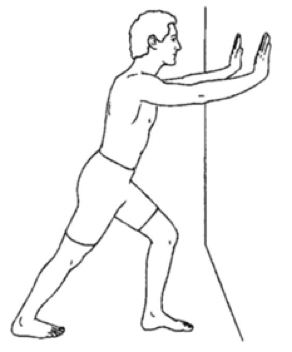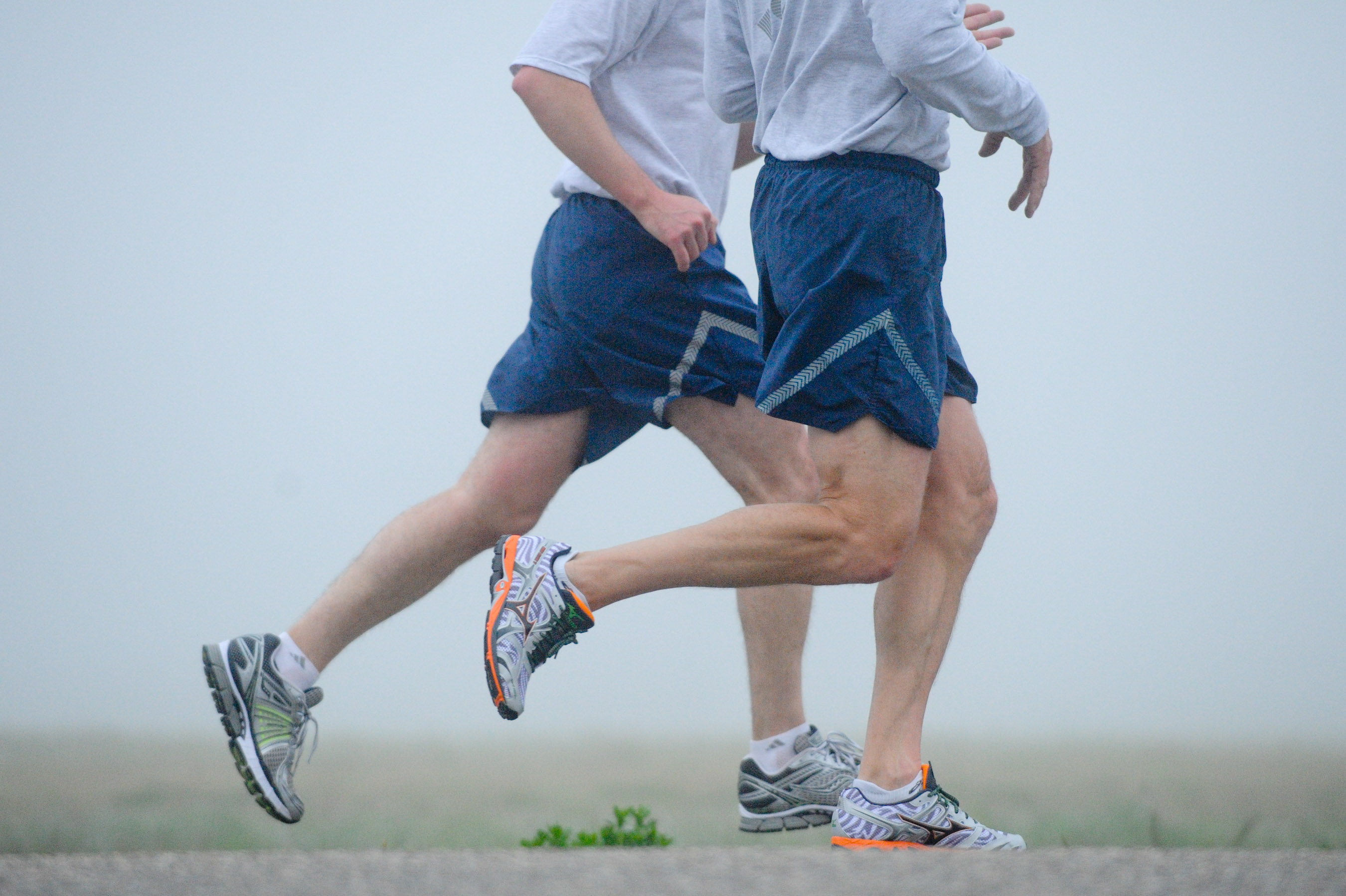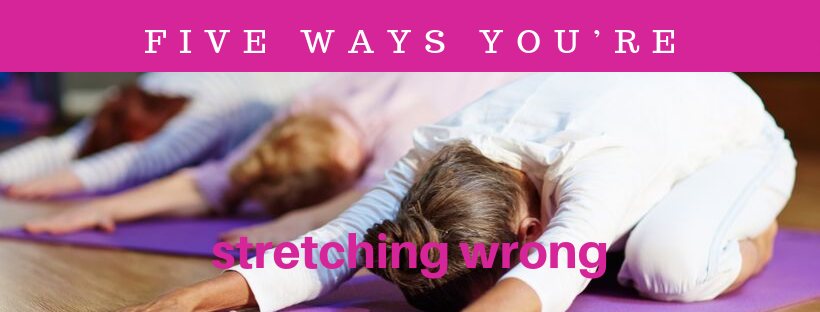What is Achilles tendonitis?
Achilles tendonitis (also known as Achilles tendonitis, Achilles tendinitis, Achilles tendon pain, Achilles tendinosis, Achilles tendinopathy) is inflammation of the Achilles tendon. Read on to learn more about Achilles tendinitis and discover four easy exercises to help ease Achilles tendinitis.
The Achilles tendon is a tough band of fibrous tissue that connects the calf muscles to the heel bone (calcaneus). The two major calf muscles unite into one band of tissue, which becomes the Achilles’ tendon. [1]
How do you get it?
Achilles tendonitis is an overuse injury that can occur with over training or poor biomechanics due to anatomy or poor footwear.
Common causes of Achilles tendonitis include;
- Over-training or unaccustomed use – “too much too soon”
- Sudden change in training surface, such as grass to bitumen
- Flat (over-pronated) feet
- High foot arch with tight Achilles tendon
- Tight hamstring (back of thigh) and calf muscles
- Toe walking (or constantly wearing high heels)
- Poor footwear
- Hill running
- Poor eccentric strength [2]
What are the signs and symptoms?
The main signs and symptoms of Achilles tendonitis are pain in the Achilles area, particularly on walking/running and swelling around the back of the heel and Achilles tendon. Other symptoms include tight calf muscles, poor range of motion in the calf and ankle and the feeling of heat or burning in the heel.
Who gets Achilles tendonitis?
Achilles tendonitis is a very common runner injury . It can however, also affect athletes, basket-ballers, dancers, or people who put a lot of repeated stress on their feet.
Those with an over-pronating gait due to high foot arches can often be inflicted with chronic Achilles tendonitis and have to manage the injury for life.
How is it treated?
Most cases of Achilles tendonitis can be treated at home before it gets too severe.
In the acute phase use the RICER formula:
- Rest. Don’t exercise for a few days, or try an exercise that doesn’t stress your feet
- Ice. Apply an ice pack wrapped in a towel or a cold compress to your tendon for 10 minutes or more after you exercise or if you feel pain in the tendon.
- Compression. Use tape or an athletic wrap to keep swelling down and help support and immobilise the tendon.
- Elevate. Lie down and raise your foot above the level of your heart, and if possible, try to sleep with your foot elevated. This will help keep the swelling to a minimum.
- Refer. See a physical therapist, such as a physiotherapist and a massage therapist for treatment.
How to self manage Achilles tendinitis
- Take anti-inflammatory medications. Pain relievers like ibuprofen can help ease pain and reduce swelling in the short term. Voltaren and hirudoid cream combined can effectively ease the inflammation.
- Stretch and strengthen your ankles and calf muscles while you recover. Keeping your muscles, tendons, and ligaments strong and flexible will aid in your recovery and help you keep from re-injuring your Achilles tendon. A physical therapist can help you come up with a good exercise program.
- Remedial massage can help manage the muscle tension in the hamstrings and calves and help reduce swelling around the Achilles tendon [3]
Top Exercises for Achilles Tendonitis
Regardless of what’s causing your inflammation, be it irritation or overuse, stretches and calf raises are easy exercises for Achilles tendonitis and can help reduce pain and inflammation.
Calf Raises
Stabilise yourself against a wall and with both feet to start raise up slowly to as high as you can stand on your toes. Hold and slowly lower. Take 3-4 seconds to raise, hold for 2-3 seconds and lower again over 3-4 seconds. Don’t rest between raises and continue until you cant do any more. Do these 2-3 times per day. If you’re not getting any change, consider using weights.
Calf Stretch
Place your hands on a wall with one leg straight and the heel to the ground. Place the other leg, with the knee bent, in front of the straight leg and push your hips toward the wall. Stretch your calf to the point where you feel a strong pull but no pain. Do not let your heels come off the ground. Hold the position for 20-30 seconds, and then relax. Repeat 3 times on each foot in a slow controlled manner.

Following are some other exercises you can do, but they should be done under the supervision of a physical therapist, at least initially, because they could damage the Achilles tendon if they’re not done correctly:
Bilateral Heel Drop
Stand at the edge of a stair or a raised platform that is stable. Put the front part of each foot on the stair. This position allows your heel to move up and down without hitting the stair. Hold on to a railing or support to help your balance.
Slowly lift your heels off the ground and slowly lower your heels to the lowest point possible. Be sure to do this in a controlled manner 20 times. You can also do this starting on the floor rather than the stair.
Unilateral (Single Leg) Heel Drop
This is similar to the bilateral heel drop except it’s done on one leg while the other leg is bent. Raise your heel off the ground and slowly lower it down. Do it in a slow controlled manner. Then switch to the other leg. [4]
You might also be interested in…




